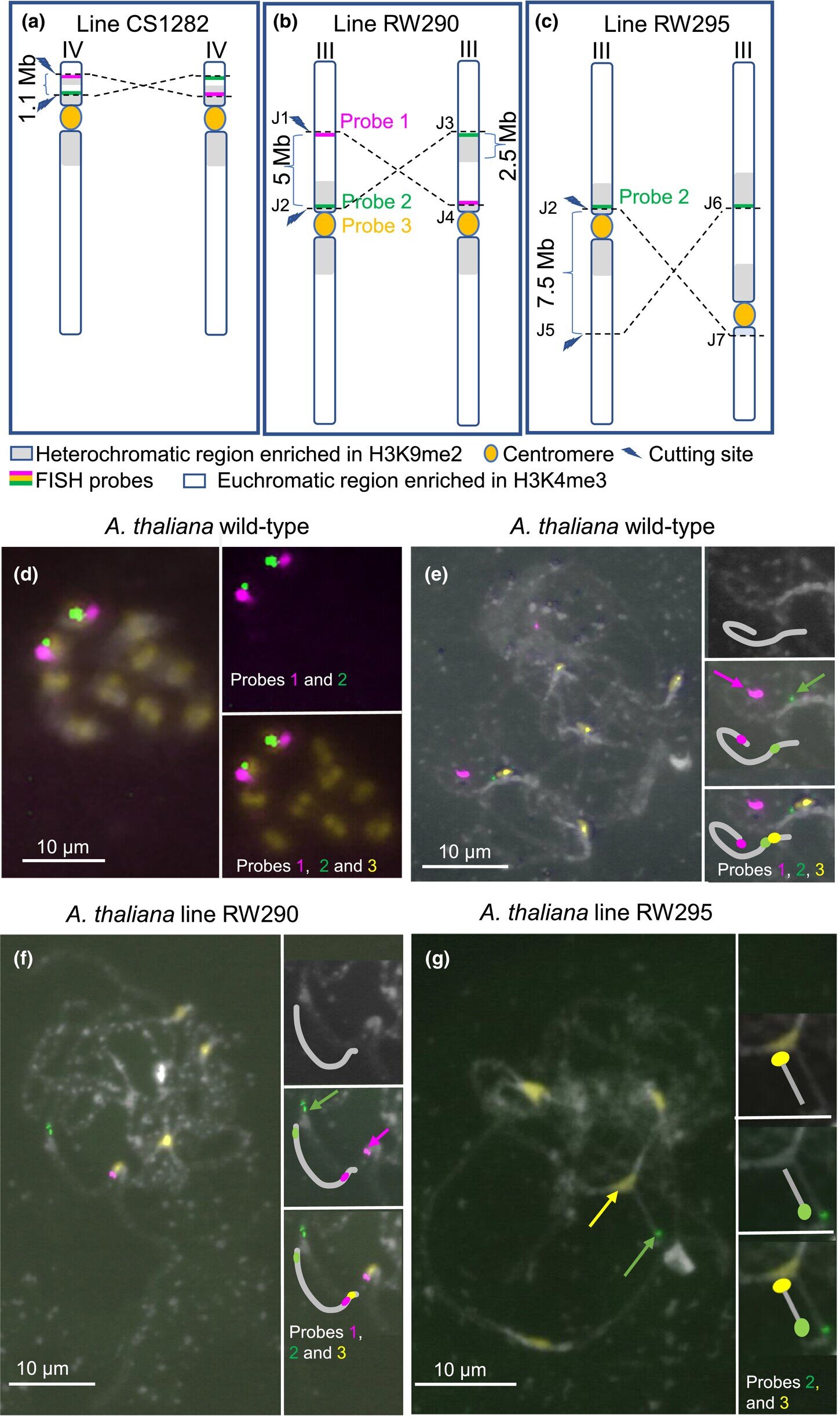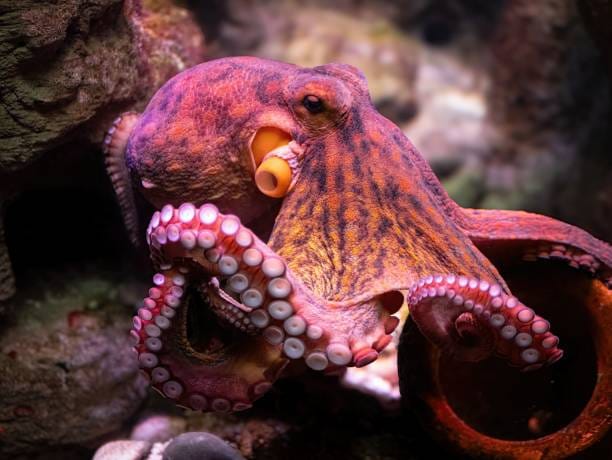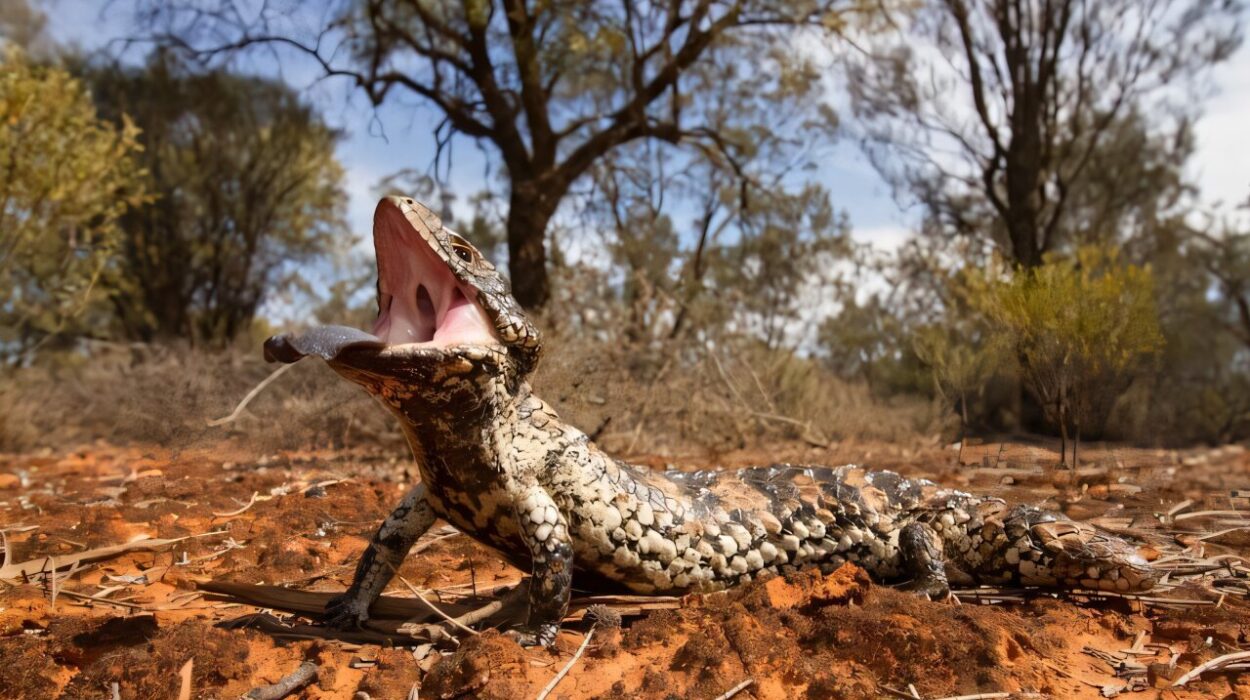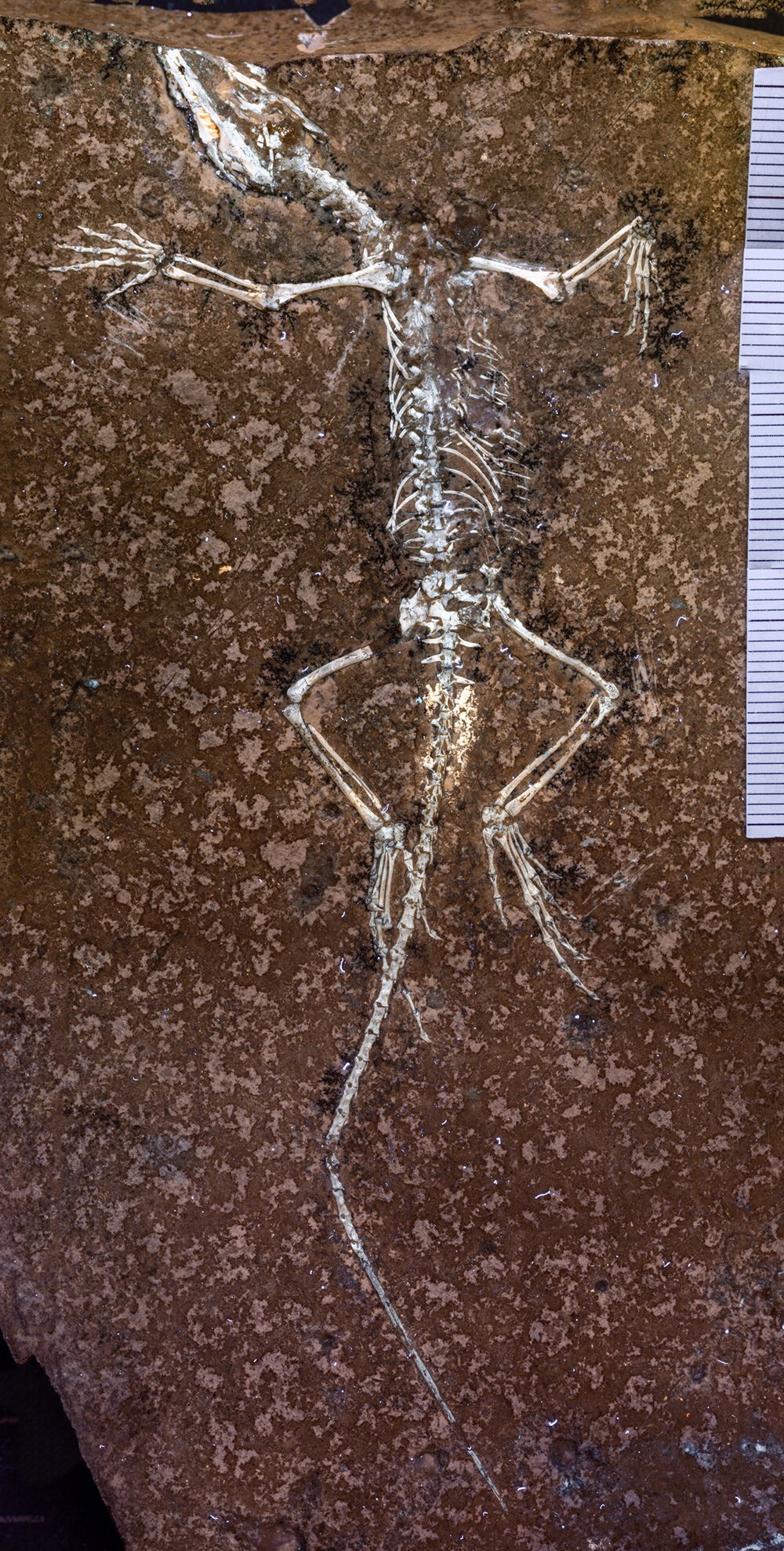The epigenetic state of chromatin, gene activity, and chromosomal positioning are crucial factors in understanding the regulation of genes in any organism. A recent study by a team of researchers from the IPK Leibniz Institute (IPK) and the Karlsruhe Institute of Technology (KIT) has provided new insights into how chromosomal location can influence epigenetic stability and gene expression. Their findings, published in the journal New Phytologist, explore the interrelationship between these factors using chromosome engineering techniques.
Chromosomal Rearrangements and Their Impact on Epigenetics and Gene Expression
Chromosomal rearrangements, such as chromosome segment inversions, can have a profound impact on an organism’s genome. These inversions can alter the epigenetic landscape, a concept that encompasses chemical modifications to the DNA and histone proteins that regulate gene expression without changing the underlying genetic sequence. The study highlights the importance of understanding how these structural changes in chromosomes influence gene activity.
Chromosome inversions are not a new phenomenon in plant biology; they have been identified in many prominent crops such as rice, maize, and barley. These rearrangements often result from natural processes but may have significant implications for the stability and regulation of genes, affecting traits like yield, stress resistance, and growth.
Until recently, research on chromosomal inversions was limited to historical rearrangements that occurred naturally, making it challenging to explore their immediate genetic and epigenetic effects. However, the advent of CRISPR/Cas-based chromosome engineering has revolutionized the field. This innovative technology allows researchers to induce predefined chromosomal rearrangements with precision, providing the opportunity to analyze their genetic and epigenetic consequences in real-time.
Using CRISPR/Cas to Investigate Chromosomal Inversions
The research team utilized CRISPR/Cas technology to create chromosomal inversions of varying sizes in Arabidopsis thaliana, a widely used model plant species. Arabidopsis was chosen due to its well-understood genome and its importance in plant research. The researchers then compared the epigenetic state and gene expression in these engineered plants to those of wild-type plants (plants without induced inversions) to better understand the effects of chromosomal rearrangements.
In their experiments, the team focused on the epigenetic landscape of the chromatin and the activity of genes in the altered plants. They investigated how the induced chromosomal inversions might influence the chromatin structure, leading to changes in the patterns of DNA methylation, histone modifications, and gene expression.
Findings on Epigenetic Stability and Gene Expression
The results of the study were somewhat surprising. The researchers found that chromosomal inversions did not lead to significant changes in epigenetic marks or in the activity of most genes. The analyzed inverted chromosome segments and their neighboring regions exhibited minimal epigenetic changes compared to the wild-type plants.
According to Dr. Solmaz Khosravi, the first author of the study, “None of the studied inverted chromosome segments and their neighboring regions changed in epigenetic marks and gene expression, besides minor genome-wide effects.” Gene expression analysis showed that only 0.5–1% of genes exhibited differential expression after the chromosomal inversions were induced. This suggests that the plants were able to maintain a stable epigenetic state and gene activity despite the structural changes in their chromosomes.
These results challenge some previous assumptions about the sensitivity of the epigenome to chromosomal rearrangements. It has long been believed that such structural changes could lead to widespread epigenetic alterations, but the data from this study suggest that the plant genome is more robust than expected when it comes to maintaining stability after chromosomal inversions.
The Robustness of the Epigenome and Transcriptome
The study’s findings highlight the resilience of the epigenome and transcriptome, particularly in the context of CRISPR/Cas-induced chromosomal changes. According to Prof. Dr. Andreas Houben, head of the IPK’s research group on Chromosome Structure and Function, “The findings demonstrate the robustness of the epigenome and the transcriptome following CRISPR/Cas-induced chromosomal restructuring, at least in the following generations.” This resilience is important for the stability of plant genomes, especially in the context of crop breeding and genetic engineering.
The team’s results are groundbreaking, as they represent the first study in the plant scientific community to investigate the long-term effects of structural variations, like chromosomal inversions, on the epigenetic state of chromatin in subsequent generations. This opens new avenues for crop breeding and genetic manipulation without the risk of unforeseen epigenetic consequences.
Potential Applications for Crop Breeding
One of the most significant implications of this study is the potential application of chromosome engineering in crop breeding. Traditional methods of breeding often rely on mutagenesis or the introduction of genetic modifications via transgenics, which can lead to unintended consequences such as gene silencing or disruption. The ability to generate chromosomal inversions with minimal epigenetic changes means that breeders could potentially improve crop traits—such as stress tolerance, disease resistance, and yield—without affecting the stability of the plant’s genome.
In particular, Prof. Dr. Holger Puchta, a researcher from KIT, emphasized the importance of these findings for the future of plant breeding. He noted, “Our results prove that inversions can be specifically generated in plants without causing further unwanted changes in the expression of genetic information.” This means that the precision and control offered by CRISPR/Cas technology can make chromosome engineering a powerful tool for precision breeding, allowing for targeted modifications to improve desirable traits in crops without introducing unwanted genetic or epigenetic changes.
Conclusion
The research team’s study has provided valuable insights into the stability of the epigenome and gene expression following chromosomal inversions induced by CRISPR/Cas technology. Despite the structural changes in the chromosomes, the plants maintained a stable epigenetic state and gene expression, demonstrating the resilience of the genome to such rearrangements. This finding has important implications for the future of genetic engineering and crop breeding, opening new possibilities for developing crops with improved traits while maintaining genetic stability.
As chromosome engineering continues to evolve, this study paves the way for further research into the epigenetic consequences of chromosomal rearrangements and the long-term effects on plant breeding. The ability to induce precise structural changes without unintended epigenetic consequences marks a significant step forward in the field of plant genetics and promises to have wide-reaching applications in improving agricultural productivity and sustainability.
Reference: Solmaz Khosravi et al, Epigenetic state and gene expression remain stable after CRISPR/Cas-mediated chromosomal inversions, New Phytologist (2025). DOI: 10.1111/nph.20403






